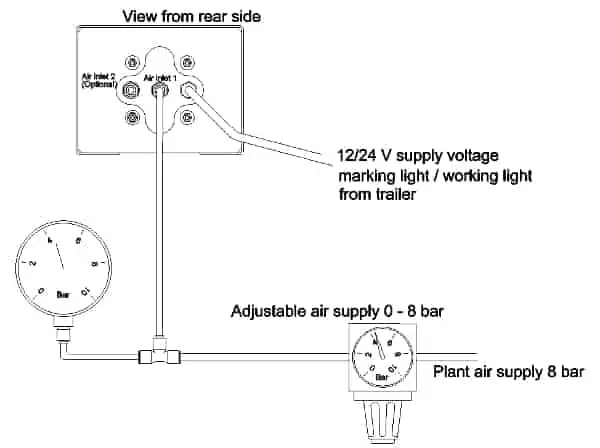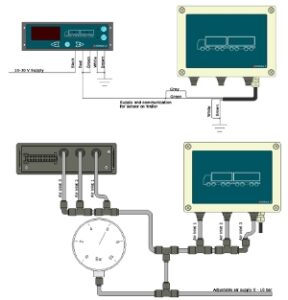Support when installing your Kimax
You may find general answers below to questions coming up while installing your Kimax Axle load meter
You may find answers below to questions coming up while installing your Kimax 1 axle load meter
You may find answers below to questions coming up while installing your Kimax 2 axle load meter

